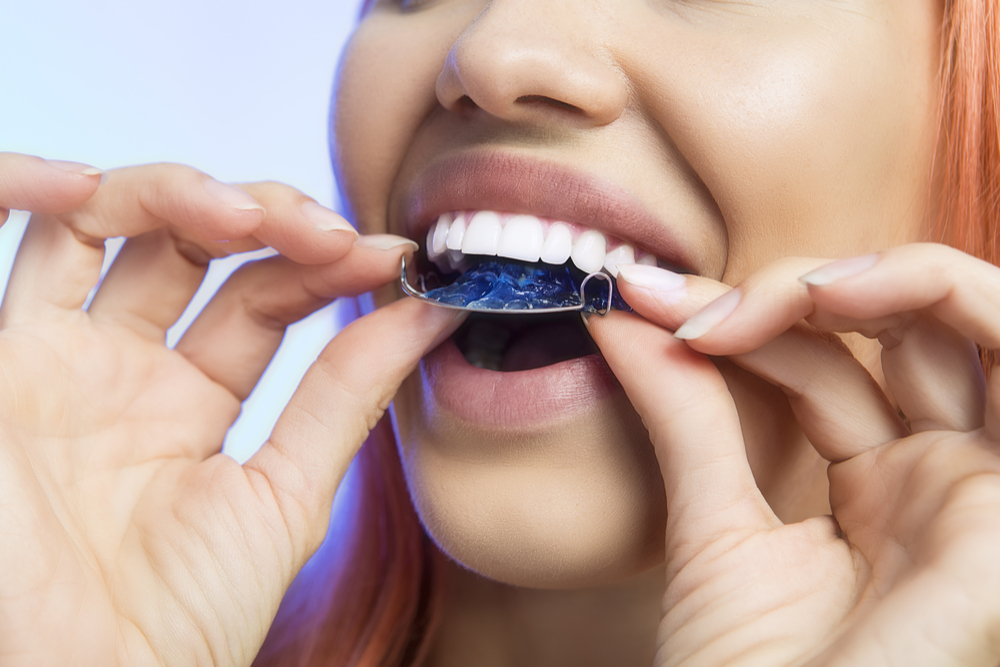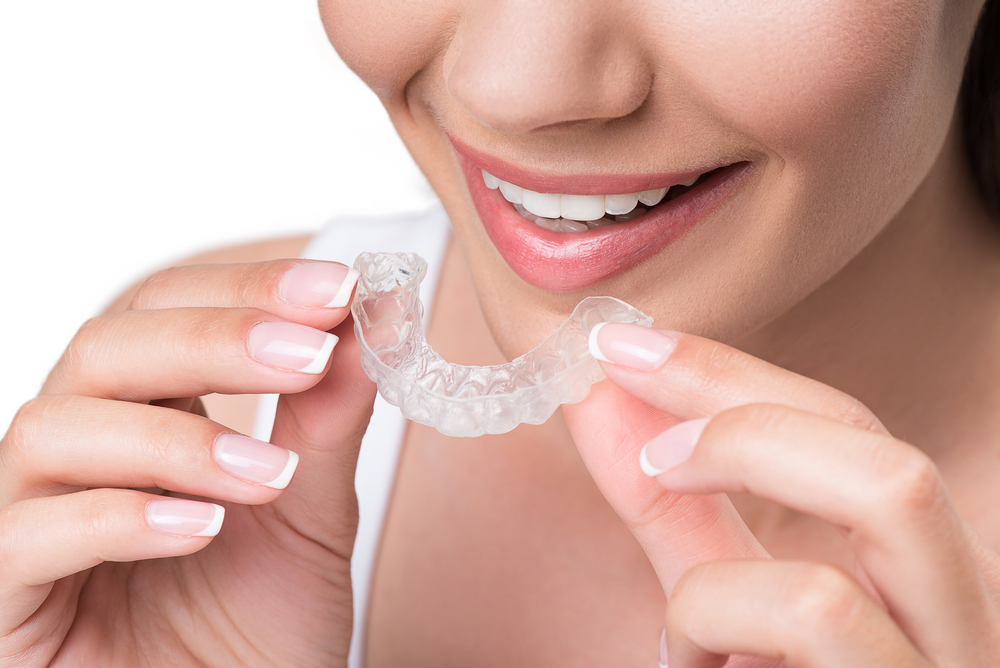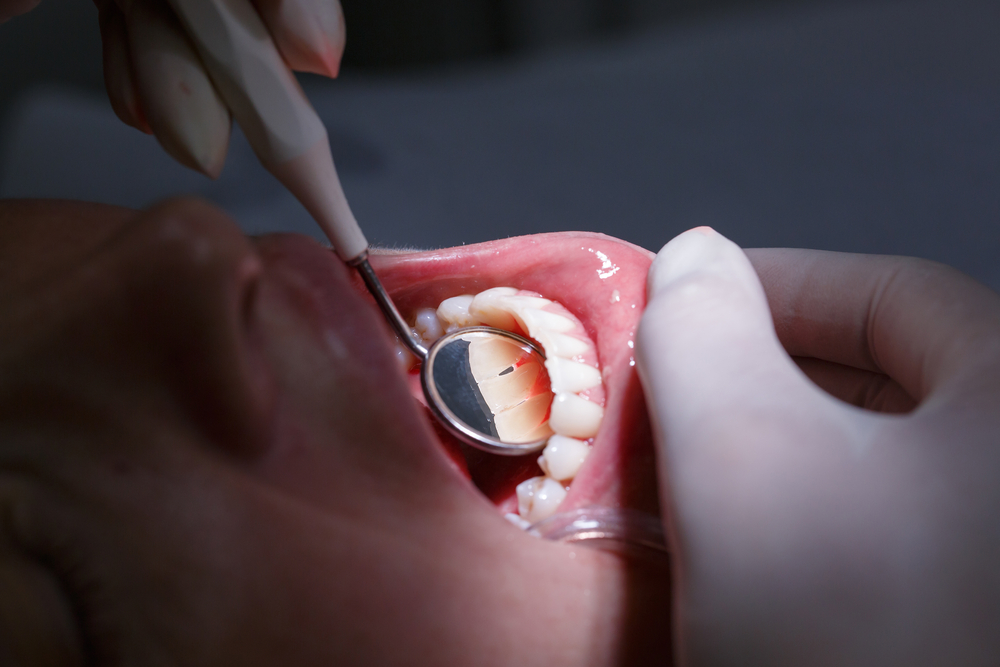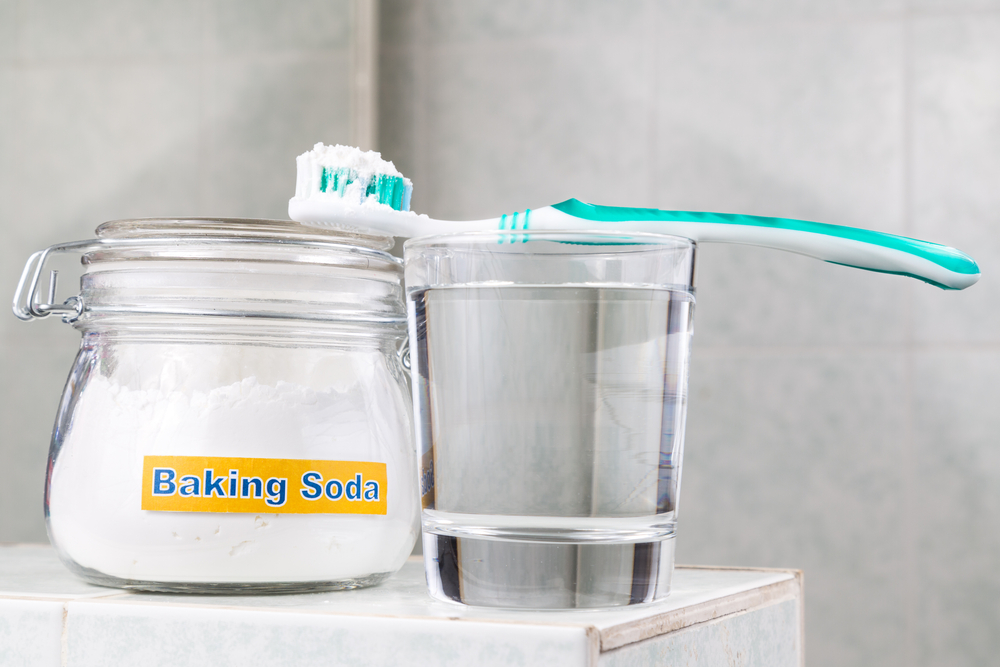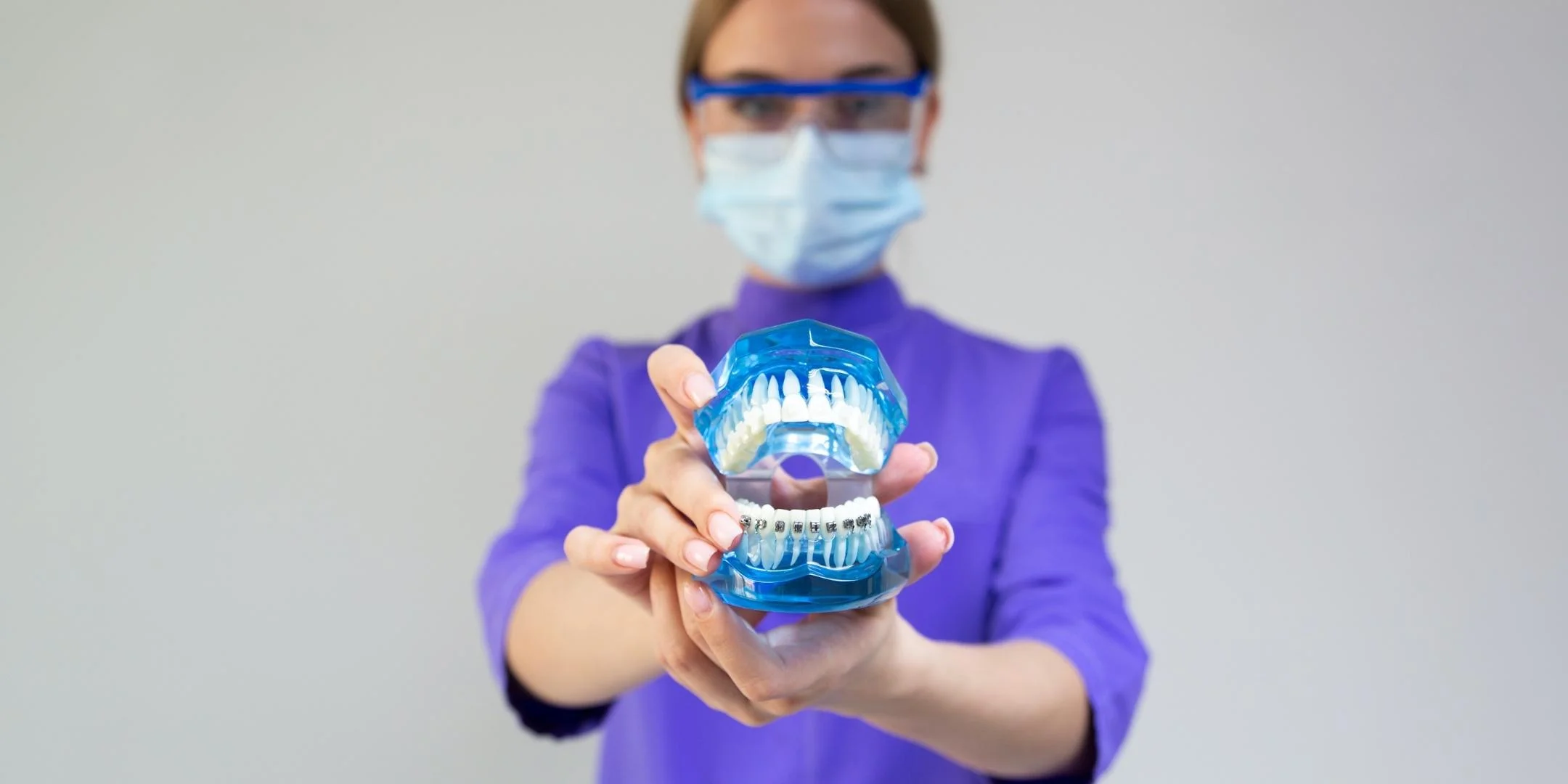- Retainers hold the same bite and alignment created by braces, making sure teeth don’t drift out of place.
- Much like braces, retainers entail special dental cleaning and a strict routine to optimize end results.
- If lost or damaged, they should be replaced as soon as possible to prevent any dental misalignment.
According to the American Association of Orthodontists, wearing retainers as prescribed is the most reliable way to preserve the placement of teeth that you and your orthodontist worked so hard to achieve.
We asked the experts to answer some of the most frequently asked questions on the use of orthodontic retainers. Here’s what they had to say.
Are retainers really necessary?
Dr. Kami Hoss has served on the faculty at the University of Southern California’s Post-Graduate Orthodontic Program and now practices in San Diego. He says there are two reasons to wear a retainer after braces.
“To put it in simple terms,” says Dr. Hoss, “the tissue surrounding the teeth has elasticity and memory. When teeth are moved, they need to be kept in the new position for a period of time so that the tissue around them can remodel into position. This remodeling takes several months.”
Secondly, aging causes the teeth to shift slightly. “Retainers help prevent this normal aging process,” Dr. Hoss adds.
Essentially, retainers are necessary to keep teeth in place after braces and prevent the natural shift that occurs gradually over time.
How long do I have to wear retainers?
Dr. Robert Maupin in Baltimore says wearing a retainer “could take a year or even longer.” After braces are removed, your teeth need time to settle into their new places in the gums and jaw. This timeframe can vary from person to person.
Wearing them the first month after braces are removed is especially crucial. However, retainers should be worn at least as long as you’ve had your braces — so, a minimum of a year and possibly longer depending on the extent of adjustments made and type of retainer used.
If you want to achieve and maintain perfect alignment, you’ll need to sleep with the retainer in your mouth for the rest of your life. It just has to become part of the nightly self-care routine.
What are the different types of retainers?
There are essentially two types of retainers: fixed and removable. Your orthodontist will decide which type works best for your individual case, but having some knowledge and being able to ask questions will help ensure that you get the right retainer for your lifestyle and habits.
Your orthodontist may also prescribe a combination of retainers. For example, you may have a fixed retainer on your lower front teeth and a removable retainer for your top row of teeth.
Fixed retainers
These are bonded to the teeth with a similar dental cement that’s used to attach braces. A thin arching wire across the back of the upper or lower front teeth holds the most visible part of your smile in place.
Although they are sometimes called permanent retainers, they do not last forever and may have to be removed or replaced after a few years.
Fixed retainers have an excellent track record for maintaining straight teeth as they’re very durable and don’t tend to bend or warp. However, they do take more work to keep clean and may bother your gums and tongue.
Some orthodontists may place a fixed retainer for six months or a year when the risk of tooth movement is the highest, and then replace it with a removable retainer for maintenance afterwards.
Removable retainers
These can be removed, making it easier to clean your teeth without special flossers, but you have to remember to wear them daily.
Removable retainers also run the risk of getting lost, changing shape when exposed to heat, or being damaged or accidentally thrown away. A removable retainer usually costs a few hundred dollars to replace, so if it isn’t in your mouth, store it in a hard protective case.
There are many types of retainers, the two most common being Hawley and Essix retainers.
- Hawley retainers
Hawley retainers have a plastic center molded to the palate with a wire that goes across the front of the teeth. They’re visible, but not as much as braces.
It may take a while for your tongue to get used to this retainer, which can initially cause lisping when you speak. One big advantage is that it is adjustable, so orthodontists can make small tweaks to your teeth after your braces are removed.
Hawley retainers are also available in a variety of colors and styles for self-expression, and they last a long time with proper care.
- Essix retainers
Essix retainers resemble an Invisalign aligner made of clear molded plastic. They’re like a tray for your teeth and are less noticeable than the Hawley retainer, because there’s only clear plastic and no wire in front of your teeth. Essix retainers have a shorter lifespan, and usually need to be replaced after a few years.
Because it’s custom molded to fit your teeth, it can be hard to keep all the tiny dents and crevices inside an Essix retainer clean. It can also trap liquid against the teeth and not allow them to “breathe,” which isn’t an issue with Hawley retainers.
What impact will retainers have on my daily life?
Just like it took a while to get used to wearing braces, you’ll need to get used to wearing retainers.
At first, you might notice more saliva and need to get used to speaking properly with a retainer in place — especially if you have one for your upper teeth. Some initial discomfort is normal but be sure to let the orthodontist know if parts of the retainer are poking or feel uncomfortable so that the proper adjustments can be made.
You’ll also need to clean and care for your retainer according to the instructions you receive.
The American Association of Orthodontists stresses that there are two places for removable retainers: in the mouth or in their case.
Do not wrap your retainer in a napkin — it can easily be thrown away with the trash. Do not place it in your pocket unless it’s in its protective case. Without the protection of its case, a retainer is at risk of being broken.
Do I have to wear retainers all the time?
The orthodontist will prescribe the best plan for your retainer routine. Fixed retainers are usually kept in place for five years at a time. Removable retainers are often worn full-time for a week or more, and then only worn at night for a few years. Removable retainers are taken out for brushing, meals and contact sports.
Dr. Michael Minars, who practices in Hollywood, FL, informs that ideally “After wearing braces, you must wear a retainer for life. If you don’t wear a retainer, you have a 100% chance of getting tooth movement.”
He does, however note that there are exceptions as “Some people are okay with a little movement.” Again, your orthodontist will help you decide the duration of time that works best for your lifestyle and to preserve the adjustments made as closely as possible.
How should I take care of my retainer?
Retainer maintenance should be taken seriously to avoid cavities and the buildup of plaque and tartar. Dr. Hoss says, “Fixed retainers that are attached to your teeth need to be brushed and flossed just like teeth.”
In addition, fixed retainers need to be checked regularly at the dentist. As for removable retainers, he says they “need to be brushed outside of the mouth and may require additional cleaning, depending on the material. Removable retainers also may need to get changed as they wear over time.”
Dr. Minars stresses that you should “Keep your retainer clean, out of extreme temperatures and away from pets — they’re really expensive doggy treats.”
Removable retainers should be cleaned by brushing or soaking them in water and vinegar or using denture cleaning tablets to kill bacteria and remove any off-putting smells. If you have a retainer made out of acrylic, then you might not be able to use regular toothpaste to clean it as this could dull the surface and actually cause more bacteria to stick to it.
As mentioned, for removable retainers, if they aren’t in your mouth, they should be in a protective case. ‘Removable’ also doesn’t mean ‘optional,’ so wear them when you should.
The bottom line
Given that the drifting of teeth following adjustments with braces is a certainty, wearing your retainer as prescribed will help optimize your end result.
A strict retainer routine — as outlined here — will help you preserve your adjustment and avoid damage to this precious dental implement.





